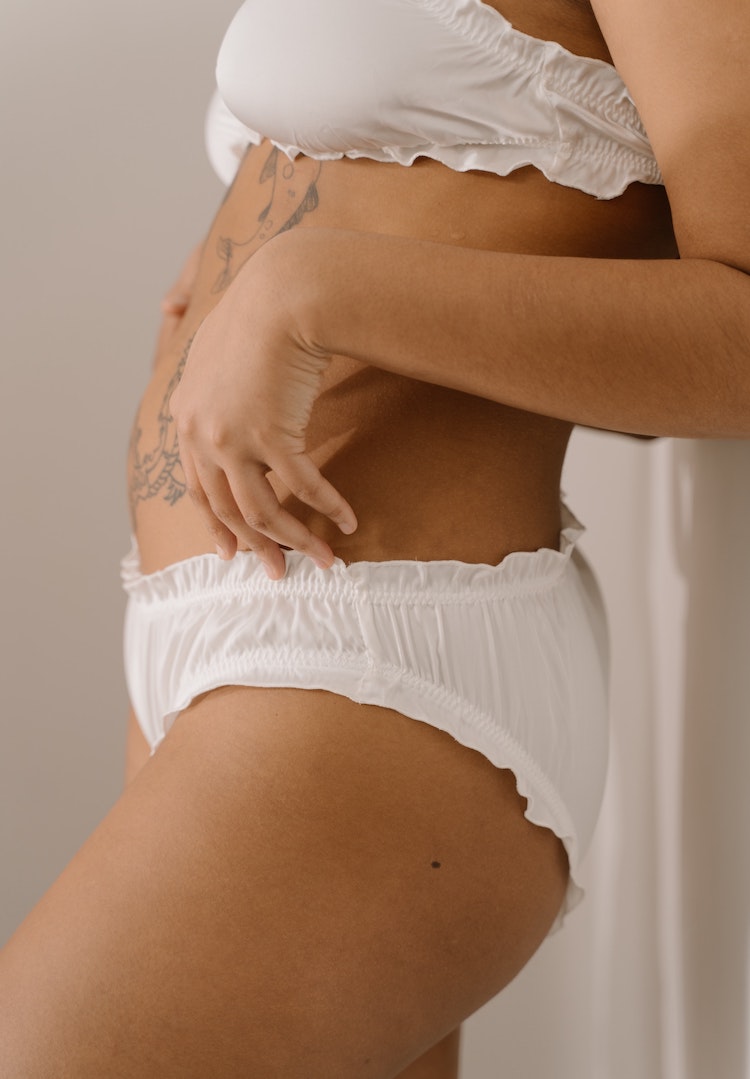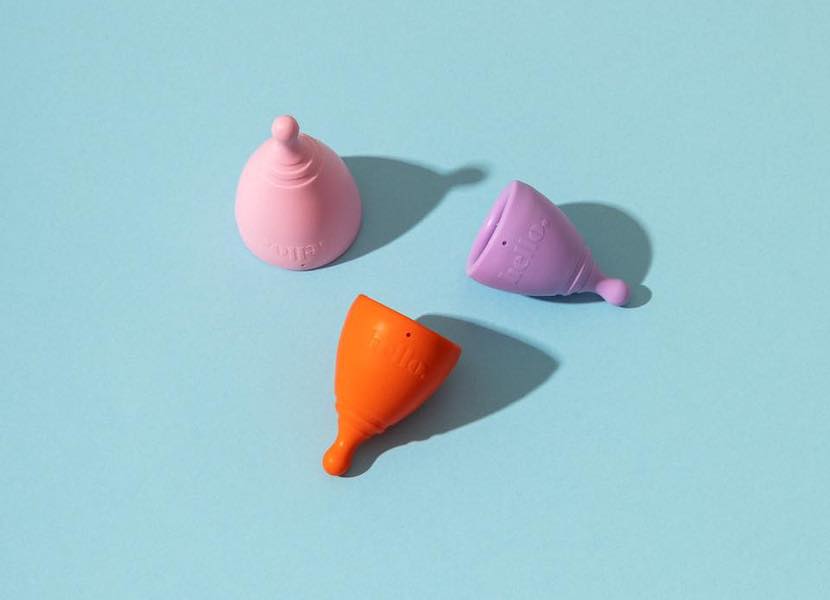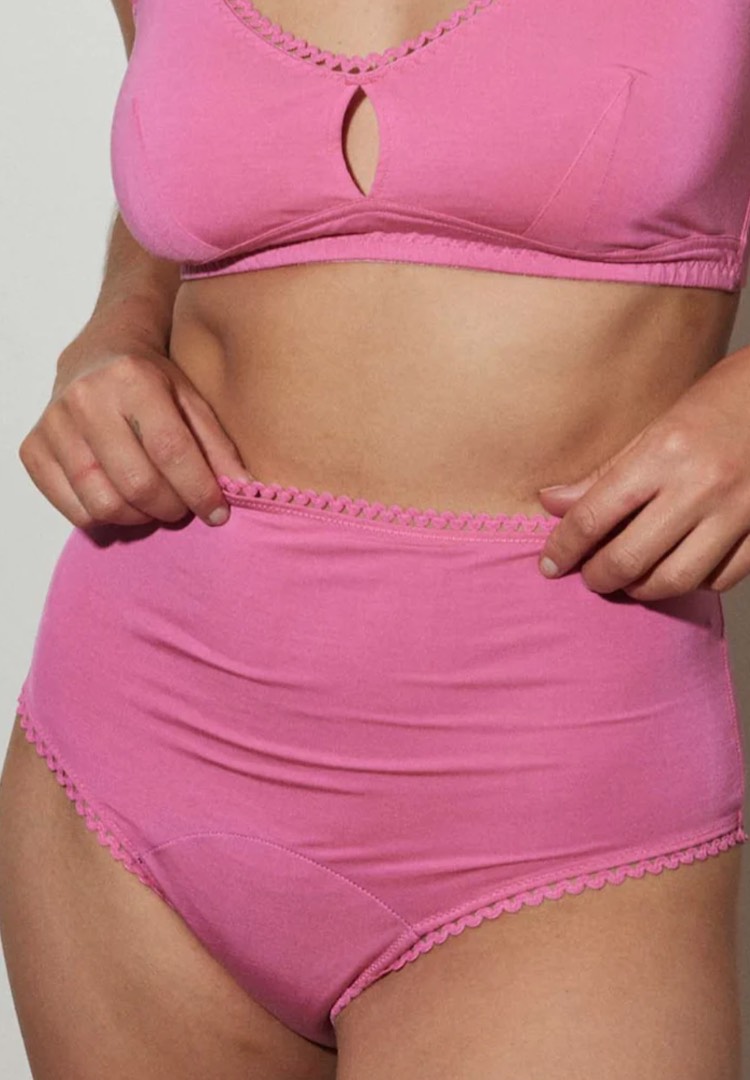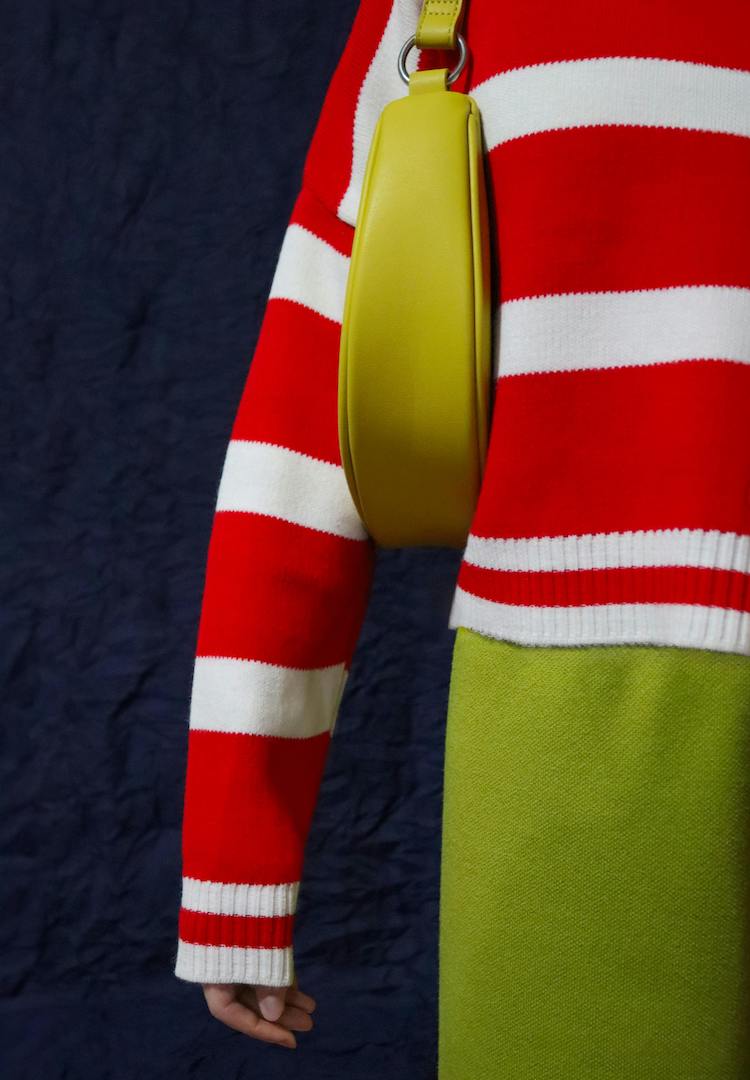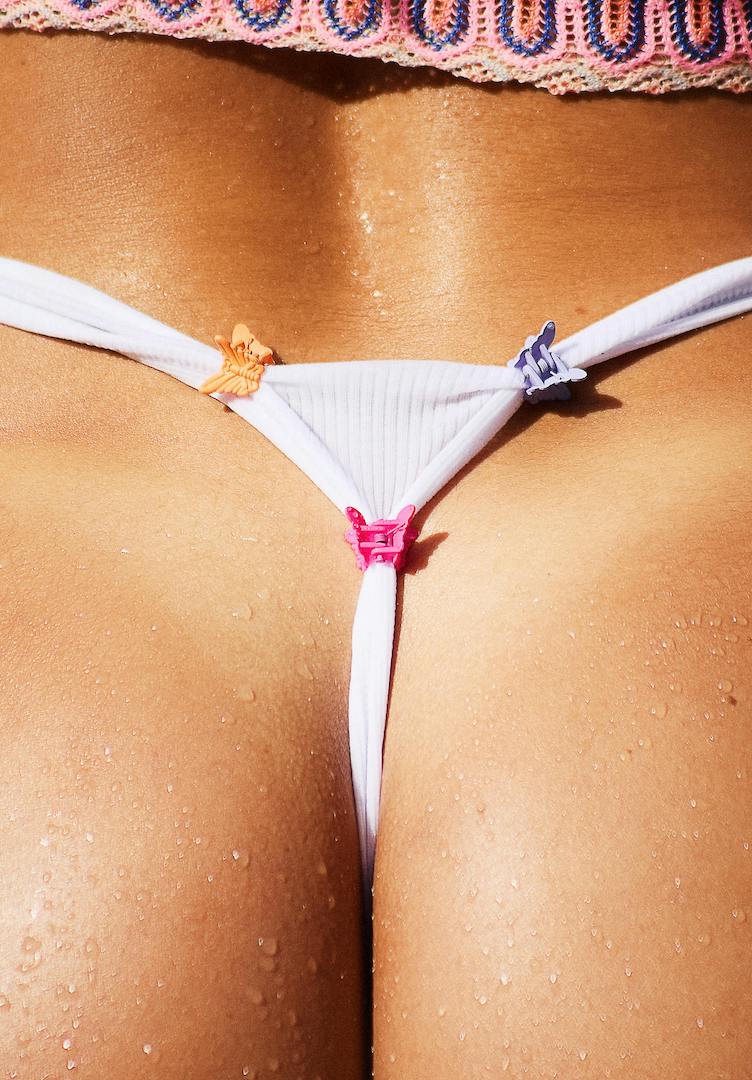A beginner’s guide to using a menstrual cup
WORDS BY DAISY HENRY
They’re pretty bloody great.
I remember being in Spain with a friend a few years ago, and while I was needing to duck out to the shops for tampons and wondering whether the hostels we were staying at had sanitary bins, she was completely unbothered by the time her period came around. She had jumped on the menstrual cup bandwagon long before anyone else I knew, so the idea of getting her period in the middle of a holiday didn’t faze her.
Yet even after seeing how easy life could be with a menstrual cup, I was hesitant to start using one myself. Sure, I knew it had great environmental benefits – and I loved the idea of being able to keep it in for up to twelve hours – but the idea of actually getting it inside me was terrifying.
For more content like this, browse through our Life section.
In all honesty, I found it bloody difficult (mind the pun) to insert the cup the first few times, so I can empathise with anyone that’s tried and struggled. Even still, I can have days where I’m just not feeling it so I opt for something else, like period underwear.
But I don’t think I’ve come across anyone (myself included) who has used the menstrual cup and doesn’t swear by it. Aside from the fact that you can’t feel it once it’s in, and there’s no leakage, using a cup can save you both time and money that would otherwise be spent buying disposable pads and tampons (which, as we know, are terrible for the environment).
Through my own series of trials and tribulations, I’ve discovered the best tips and tricks that have made inserting a menstrual cup an uneventful and stress-free experience. Below, I’ve put together a guide for my fellow bleeders who are keen to make the switch.
Knowing what to purchase
Though everyone’s body is different, and what may work for one person won’t necessarily work for another, most companies make menstrual cups according to size. There are some designed to suit heavier flows, others for people who have had a vaginal birth, and some made for beginners.
It’s good to venture into many things prepared, especially when you’re going to be inserting it inside yourself, so I recommend reading up on which cups will suit your body best before you add to cart.
Wash before use
Before using the cup for the first time, you will need to disinfect it and let it sit in boiled water for five to 10 minutes (though make sure you read the specific instructions on your own cup before doing this). Next, wash your hands, drop your pants and get ready.
Getting in the zone
For me, the most difficult part of using a menstrual cup was far more psychological than physical. The idea of using it scared me, and I found my body getting stressed and tense in response, so I found doing breathing exercises helped me relax and loosen up.
I also realised that this was the first time I’d been this up close and personal with my own body. Feeling a sense of injustice at the idea that my boyfriend was more familiar with my own vagina than I was motivated me to get more accustomed with my body. Turning the menstrual cup experience into an opportunity for exploration, rather than a burden, was pivotal in shifting my mindset.
Pop open the lube
If I can offer but one piece of advice, it’s to not be afraid of using lubricant. Putting some on the rim of the cup, or on your vaginal opening can be a game-changer when trying to slide it inside yourself. My first time was without the aid of lube, and let me tell you, it almost made me swear off the cup entirely.
While you should be fine using a water-based lubricant, some brands will differ in what they say is okay to use, so spit or tap water should suffice as well.
Folding it up
One of the most common methods is the ‘u fold’. To achieve this, you squeeze each side of the cup together, and bend it in half to create a ‘U’ before inserting. Another popular technique is the ‘punchdown’ fold, where you push down one side of the cup to create a more narrow and pointed rim.
There are several different folding techniques, so if one doesn’t immediately work for you or the type of cup you’re using, you can keep trying until you find something you’re comfortable with.
Inserting it
Once your cup is greased up and folded, get into a squatting position and try to relax your muscles.
Like a tampon, angle the cup towards your tailbone and insert it so that it’s fully inside your vagina. Once it’s in, squeeze the base slightly to open it inside your body and to create a seal so there’s no leakage. If you’re not sure whether the seal has formed, you can run your fingers up the side of the cup to check and help it open, rotate it slightly, or pull it down a little.
Most brands will have guides and diagrams for how to best insert their specific product, so it can be handy to have a visual up on your phone as well.
Taking it out
Again, each cup is different, but most brands will say that you can leave it in for up to twelve hours depending on how heavy your flow is (which means you can usually wear it overnight). Once you’re ready to take it out, make sure you wash your hands and get into a slight squatting position. It can be handy to do this over the toilet, or in the shower in case there’s any leakage.
Then, relax your body, grip the stem or loop and slowly pull downwards. The more you do this, the more you’ll figure out what exactly works for you, but I’ve found that once the cup has descended, it’s good to squeeze the base to remove the seal. Once you’ve done that, take your time and wiggle the cup down.
When you’re finished, empty the cup into the toilet, sink or shower, wash it with a mild, unscented soap, reinsert and never look back.
For commonly asked questions about menstrual cups, head here.



